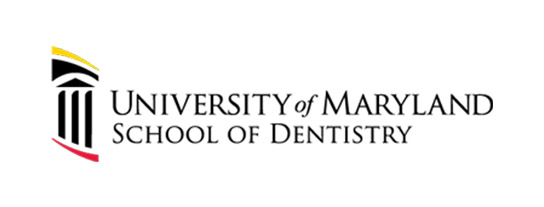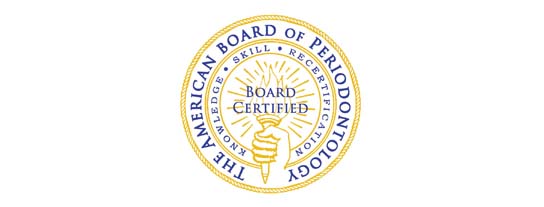Reshape Your Gum Tissue and Control Gum Disease
What Is A Gingivectomy?
Gingivectomies remove and reshape loose gum tissue to reduce pocket depth between the teeth and gums. Gingivectomies are typically performed after other treatment options have been explored.
Gingivectomy in Matthews, NC
A gingivectomy is performed when a patient has excess loose, diseased tissue related to the presence of plaque and calculus (tartar) build-up under the gum. Removing this tissue allows better access to clean bacteria off the tooth’s root. Clean roots allow healthy tissues, which is important to your overall health.
Children and teens with braces may have a difficult time brushing their teeth with traditional braces. Often times they may present with tissue overgrowth that covers the tooth, trapping bacteria underneath and the trapped bacteria causes cavities to form. If the excess tissue is not removed during orthodontic therapy to allow for proper oral hygiene to help prevent such cavities, the patient may develop permanently “marbled” and discolored teeth.
This procedure can also be indicated when an overgrowth of gum tissue has occurred resulting from certain health conditions and or anti-seizure or hypertensive medications.
The Procedure
Before the procedure begins, your doctor will numb the area using a local anesthetic. Small incisions are then made and excess gum tissue is carefully removed. After all areas of diseased tissue have been removed, a putty like substance is then placed over the gums. This substance is designed to protect your gums as they heal.
After the Procedure
After the procedure, it is important to eat only soft foods and to drink only cool or slightly warm liquids while the putty is in place and your gums are healing. It is vital to keep the mouth clean after the procedure, especially if you have gum disease. While it is important not to brush in the area where the procedure was performed for a short time following your gingivectomy, it may be possible to brush and floss the rest of the mouth. After a few weeks, the gums will be completely healed and it will be possible to resume brushing and flossing when recommended to do so by your doctor, though this should be done gently at first.
If you have gum disease that persists even after conventional therapy has been provided, your doctor may recommend a gingivectomy. Call us today to schedule your consultation.
Talk to US About an Appointment



